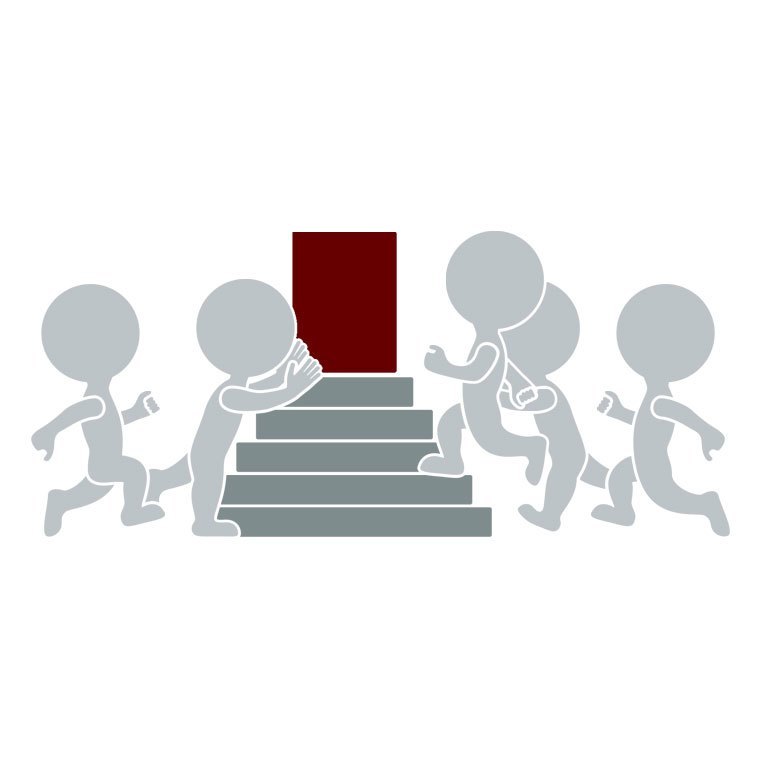Marc (the Social Media Guy) van Bree has just about finished up a multi-part series of posts about how classical music institutions can appropriately evaluate social media efforts. For most groups, social media continues to be a tricky tool to wield and an even more difficult tool to measure. Fortunately, van Bree provides an enormously useful guide based on material from Are We There Yet? by The Communications Network. Marketing and PR professionals will need to set aside some time to digest all of the content, but you’ll be glad you made time…
Regular readers will remember a pair of articles here from 5/8/2009 and 6/12/2009 that examined the San Francisco Symphony’s (SFS) new social networking site. At that time, we attempted to find out more about how the SFS planned on evaluating their efforts but alas, those details were not forthcoming. And although that was disappointing, it wasn’t entirely surprising since measuring social media efforts is an enormously difficult task and doubly so for groups just getting into social media.
Fortunately, van Bree’s guide goes a long way toward taking much of the mysticism out of that practice and provides enough confidence to meaningfully attack the task. For instance, you know you’re onto something good when you come across this from Part 2:
You ultimately are concerned about how well your message is disseminated, or you ultimately have a Facebook presence, for a strategic, overarching goal. Furthermore, the tired “raising awareness of your organization” is not acceptable.
…and this from Part 4:
Organizations often take the easy way out and measure what’s easy to count, such as visitor numbers for their Web sites. But those numbers won’t tell you what those visitors did with the information or content they found.
…and later from Part 4:
…be specific when identifying the audience. Simply the “general public” or “young people” (a particular favorite among managers that jump in with social media efforts) is not acceptable. Narrow your audience to a well-defined group. But identifying your audience does not simply mean knowing, for example, the demographics of those who are most likely to visit a performance (white, 55-64, household income of…). It’s all about behaviors.
…and this from Part 6:
Looking at the baseline data in marketing terms, you will need to establish your current Web site sales data (e.g. average order size, churn rate, acquisition cost etc.), Web site traffic data, and perhaps most importantly, part of those two elements, your conversion rate (e.g. how many people driven to your Web site by Facebook or Twitter ultimately buy a ticket, recording, or take some other defined commerce action).
The last excerpt above is interesting from the perspective that it assumes an organization will have the tools in place to produce necessary data and without a doubt, some do. But not everyone. Moreover, others will be able to access the raw data but the effort needed to amass everything into some form you can use requires even more time and resources.
Ultimately, arts orgs will be able to compile and tap into that sort of data with no more effort than compiling RSS feeds and I have a feeling that there are some solutions to that problem just over the horizon.
In the meantime, stop by van Bree’s blog and start into the series.



We’ve been using our Facebook “Group” for well over 2 years. When everyone was switching from “groups” to “pages”, I made the decision to keep us a group to prevent our Facebook page from outranking our webpage.
Google Analytics and Constant Contact cross-integration and their social networking widgets make it simple to track a person’s behavior pattern. We have different people as “members” than we do on our email lists with 20% cross-pollination.
Thanks for that Mary. I know Facebook can certainly make it harder that it seemingly needs to be every time they make big changes like that but you’ve touched on one element that’s very worthwhile in the form of metrics and tracking patrons between platforms. Having service providers that make it easier is certainly a step in the right direction and the more they integrate with one another, the better.